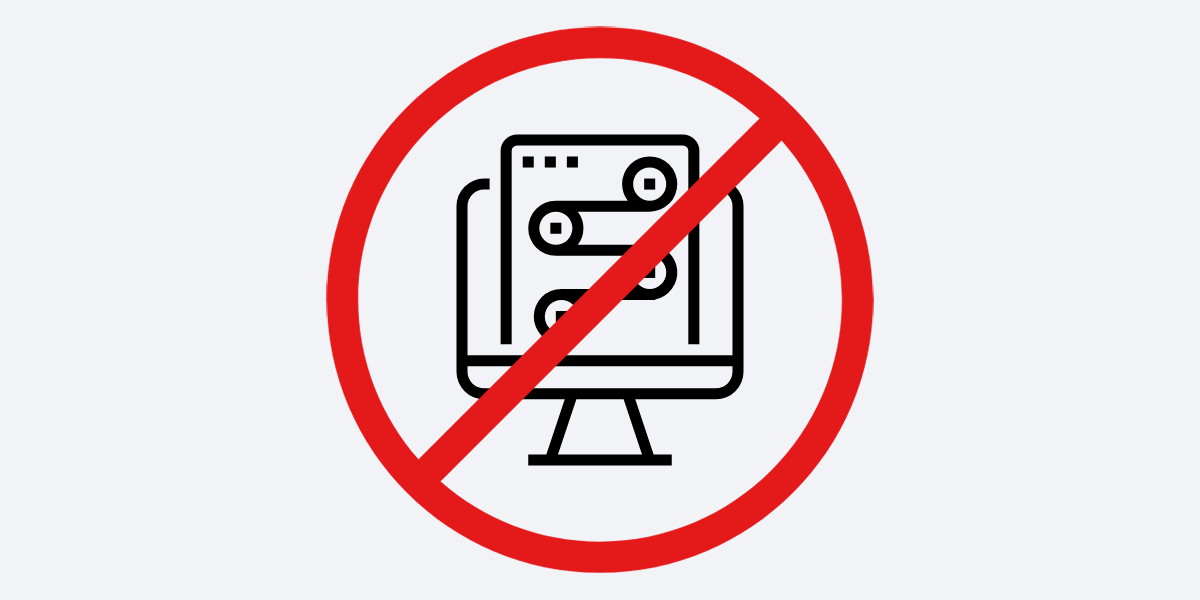The concept of the “journey” has permeated organizations over the past several years. While this might seem like good news to someone like me who champions the journey framework, I’ve noticed a disturbing trend — and it reminds me of one of my favorite movies.
In The Princess Bride, the character Vizzini repeatedly exclaims, “Inconceivable!” in response to situations that are, in fact, quite conceivable — but simply contrary to what he hoped would happen, like a foe not falling to his death. Finally, Inigo Montoya has had enough of Vizzini’s delusion and utters what’s probably my favorite movie line ever: “You keep using that word. I do not think it means what you think it means.”
The same thing is now happening with the word “journeys.” It’s as if by using this word, organizations believe that they are being customer centric. This, too, is a delusion. And Mailchimp is just one of many companies I’ve seen fall victim.
In its blog post Using the Customer Journey to Guide Your Campaigns, Mailchimp explains, “People rarely discover a company or product and make a purchase immediately. Instead, they follow a less linear path that might include reading the website, deciding whether to buy, sleeping on it, and eventually going back to buy. This meandering route is called the customer journey, and it’s different for every person.” So far, so good!
But then the post shifts from a focus on customers’ needs and behaviors to marketers’ needs and behaviors: “When you reach people with the right information at the right time, you can help them make quicker purchasing decisions. This is where Mailchimp’s customer journey comes in. When you click Create Campaign and choose the Explore option, you’ll see all of our most powerful campaigns organized by marketing goals.” Wait, what just happened?
The rest of the post is dedicated to what Mailchimp describes as “5 sections in the customer journey,” which the company lists as:
- Build your brand
- Connect with new contacts
- Sell more stuff
- Boost loyalty
- Bring people back
In case the title of this post isn’t self-explanatory, let me be perfectly clear: These five goals DO NOT in any way shape or form constitute a customer journey. At best, one could argue that they’re an approximation of an employee journey. But if we’re being completely honest with ourselves, these are straight up marketing goals — and an outdated way to look at customer interactions.
As Mailchimp pointed out, customers do have goals and journeys that are related to marketing. Customers need to learn about products/services that will help them achieve some goal or accomplish a task, and they need to decide which products/services to buy. In fact, I see a huge opportunity for marketers to be more customer-centric with their email and content marketing programs.
So, I was excited when I first heard that Mailchimp was organizing its platform around customer journeys. But the organization missed the mark — and in the process, muddied the water around this term and exposed its inside-out view of the marketing discipline.
Please use this as a cautionary tale. DO encourage your organization to adopt a journey framework. But DON’T confuse customer journeys with your internal workflows.




